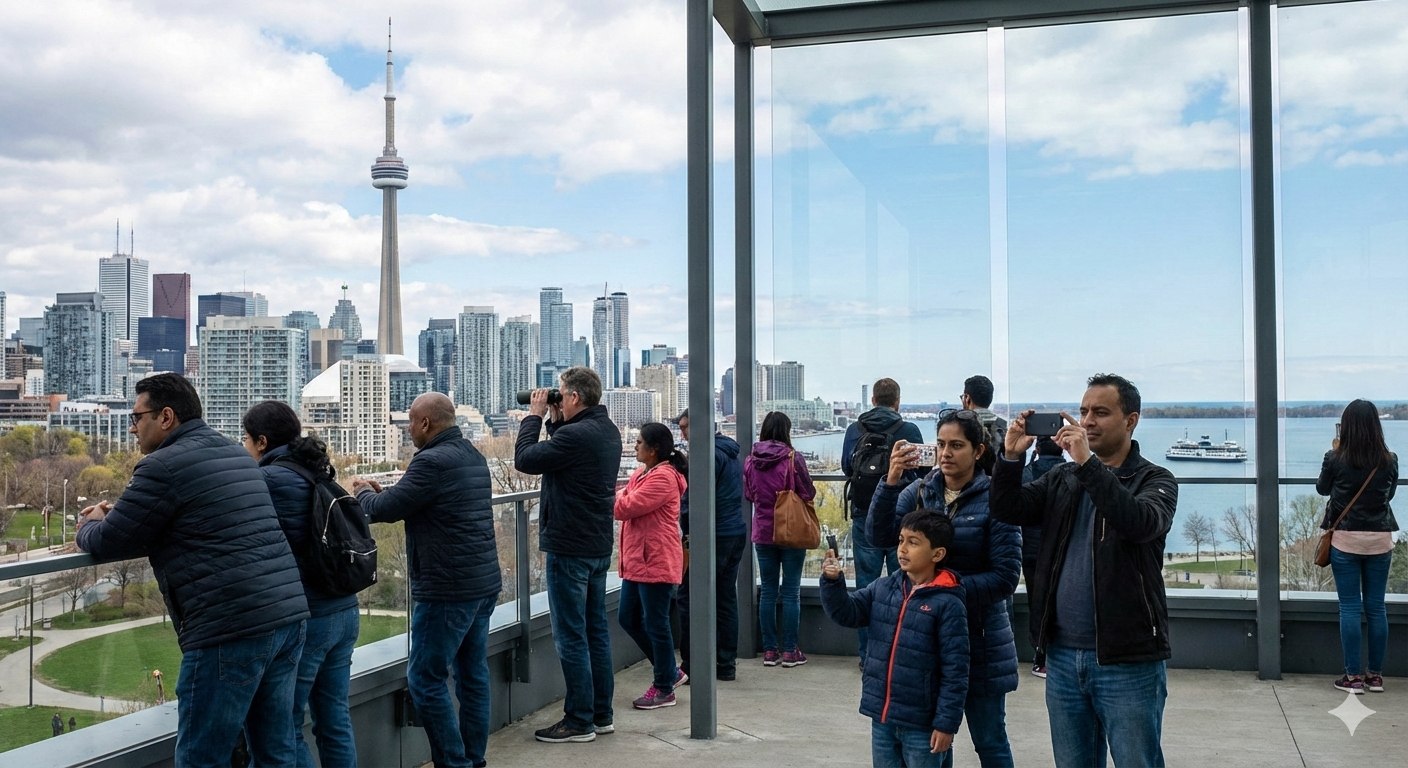Provincial Nominee Programs Face Challenges with Reduced Immigration Targets

Canada's Provincial Nominee Programs (PNPs) are
navigating significant challenges in 2025 due to sharply reduced immigration
targets. Provincial ministers from Manitoba and Newfoundland and
Labrador have voiced concerns, expressing a strong desire to welcome more
immigrants than their current allocations permit.
This comes amidst other setbacks, such as the delayed
re-opening of the Northwest Territories Nominee Program (NTNP), which
had initially planned to accept 100 applications by January 16, 2025.
Similarly, the New Brunswick Provincial Nominee Program (NBPNP) has
announced adjustments to its economic immigration programs to align with recent
changes to Canada’s immigration system.
For immigrants hoping to apply through a PNP, this reduced
target could result in delays and fewer opportunities in 2025.
The Reduction in Provincial Immigration Targets
Every October, Canada releases its annual Immigration
Levels Plan, which confirms the immigration targets for the following year.
In 2024, Immigration Minister Marc Miller announced a 50% reduction
in PNP admission allocations for 2025 compared to the previous year.
Here’s a look at the dramatic change:
|
Year |
Projected Provincial Immigration Targets |
Actual Targets |
|
2024 |
110,000 |
110,000 |
|
2025 |
120,000 |
55,000 |
|
2026 |
N/A |
55,000 |
This significant decrease has shifted the landscape for PNPs, which had been
set to become Canada’s largest intake pathway for economic immigrants. In fact,
PNP admissions were projected to outpace federal admissions through the Express
Entry system.
The Role of the In-Canada Focus Category
To offset the reduced provincial immigration targets, Immigration,
Refugees and Citizenship Canada (IRCC) introduced a new sub-category under
its federal immigration allocations: the In-Canada Focus category. This
category prioritizes:
- Canadian
Experience Class (CEC) candidates through Express Entry.
- Candidates
nominated under enhanced PNP streams.
In 2025, the In-Canada Focus category has been
allocated 82,890 admissions, offering provinces some relief by enabling
them to settle more immigrants through federally managed pathways. However,
this category is unlikely to fully compensate for the drastic reductions in PNP
targets.
Impact on Provincial Immigration Programs
Provinces must adhere to federal immigration targets and
allocations, as immigration in Canada is regulated at the federal level.
As a result, PNPs are being forced to adjust to a new reality of welcoming far
fewer immigrants compared to previous years.
This change is expected to have a ripple effect,
particularly on local economies that rely on immigrants to address labour
shortages in critical industries. For example:
- Manitoba
and Newfoundland and Labrador have expressed concerns over their
inability to meet labour demands.
- The
delay in reopening the NTNP further limits immigration
opportunities for skilled workers and employers in the Northwest
Territories.
Looking Ahead
Canada’s provincial immigration ministers now face the
challenge of navigating a vastly different immigration landscape in 2025. With
fewer immigrants coming through PNPs, they must seek creative solutions to
maintain economic growth and address labour shortages.






